Mechanical engineering revolves around precision, efficiency, and innovation. To achieve excellence in design and manufacturing, engineers rely on specialized tools that simplify complex tasks. In this article, we’ll explore 10 essential tools for every mechanical engineer, their uses, and practical applications.
1. Vernier Calliper
Use:
The Vernier calliper is a versatile measuring tool used for determining the internal, external, and depth dimensions of objects with high accuracy.
Applications and Examples:
- Measuring the outer diameter of shafts in machining processes.
- Checking the internal diameter of pipes for quality assurance.
- Measuring the depth of drilled holes in mechanical components.
- Verifying the thickness of sheet metals during manufacturing.
Why it’s indispensable:
Its ease of use and precision make the Vernier caliper a fundamental tool in both workshops and laboratories. This tool is most important for mechanical engineer in the field of Quality control.
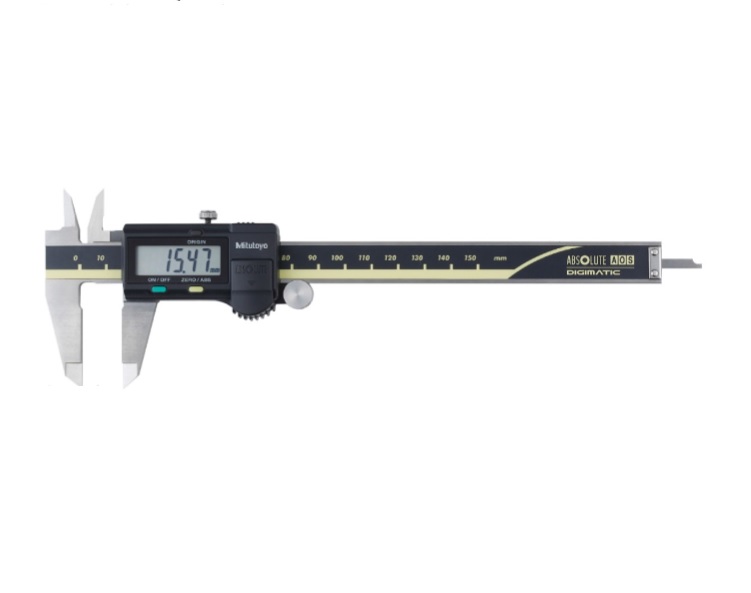
2. Micrometer
Use:
Micrometers are designed for measuring very small dimensions with a high level of accuracy, often in the range of micrometers.
Applications and Examples:
- Measuring the thickness of engine components such as cylinder walls.
- Verifying the diameter of small wires or pins.
- Ensuring tight tolerances in precision machining.
- Checking the thickness of thin sheets or films in industrial production.
Why it’s essential:
Micrometers are crucial for ensuring components meet exact specifications, which is vital in high-precision industries like aerospace and automotive. Another important tool for mechanical engineer
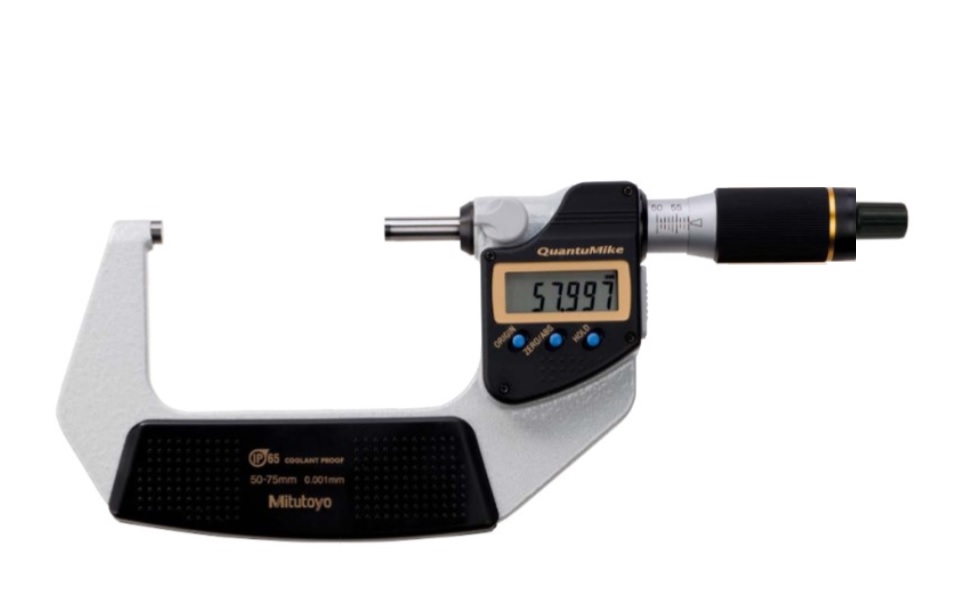
3. Height Gauge
Use:
Height gauges are used to measure vertical dimensions or mark points on a workpiece for machining.
Applications and Examples:
- Measuring the height of objects for quality control in production lines.
- Marking positions for drilling or machining on flat surfaces.
- Checking the height of components during assembly.
- Inspecting the flatness of workpieces by comparing heights at multiple points.
Relevance in mechanical engineering:
Height gauges help achieve dimensional accuracy, reducing errors in machining and assembly processes.
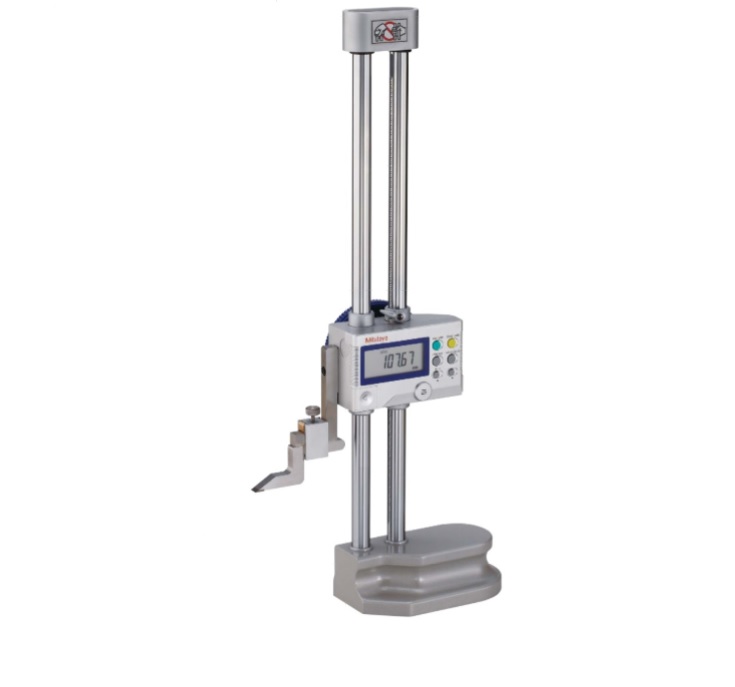
4. Dial Gauge
Use:
A dial gauge is used to measure small linear displacements and detect alignment errors in mechanical setups.
Applications and Examples:
- Inspecting the concentricity of rotating components like crankshafts.
- Measuring the flatness of a surface plate in machining.
- Aligning machine tools to ensure accurate operations.
- Checking gear backlash in automotive applications.
Importance:
Dial gauges enable engineers to detect and rectify errors in mechanical systems, ensuring optimal performance.
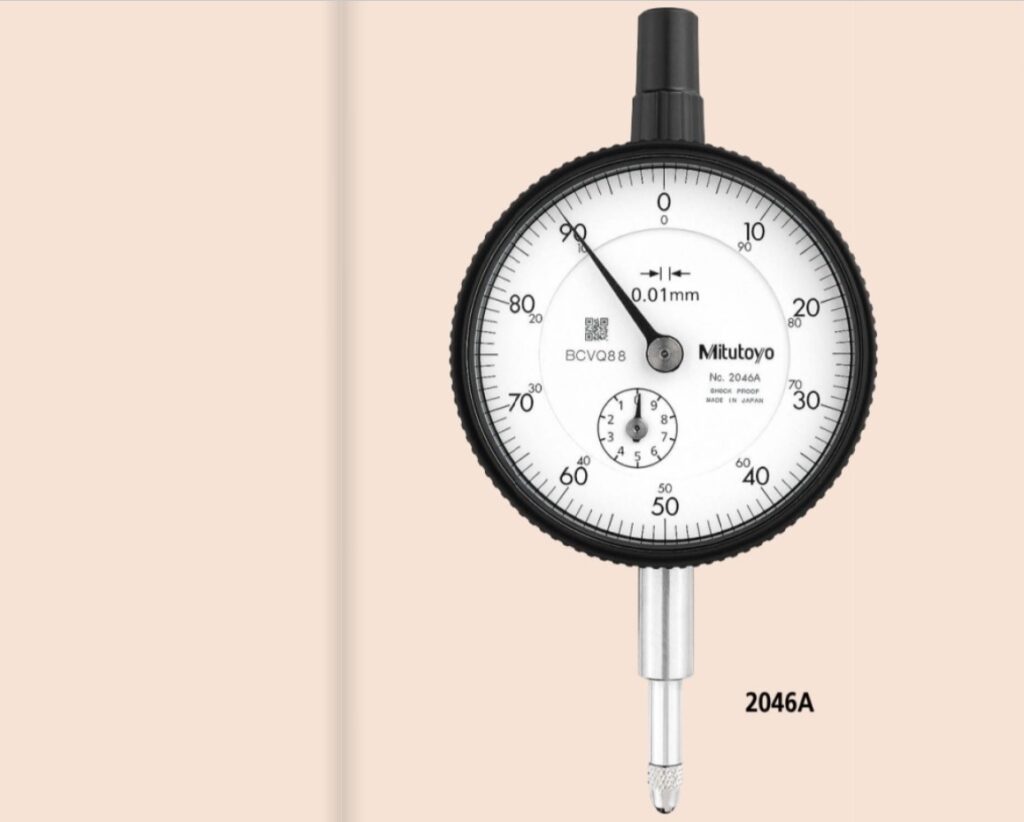
5. Coordinate Measuring Machine (CMM)
Use:
CMMs are advanced devices used for measuring the physical geometry of an object with extreme precision.
Applications and Examples:
- Inspecting the geometric tolerances of aerospace components.
- Measuring complex 3D shapes for reverse engineering.
- Verifying the accuracy of molds and dies in tool manufacturing.
- Ensuring the precision of medical devices.
Why it’s critical:
CMMs are essential for maintaining quality standards in industries like aerospace, automotive, and medical manufacturing.
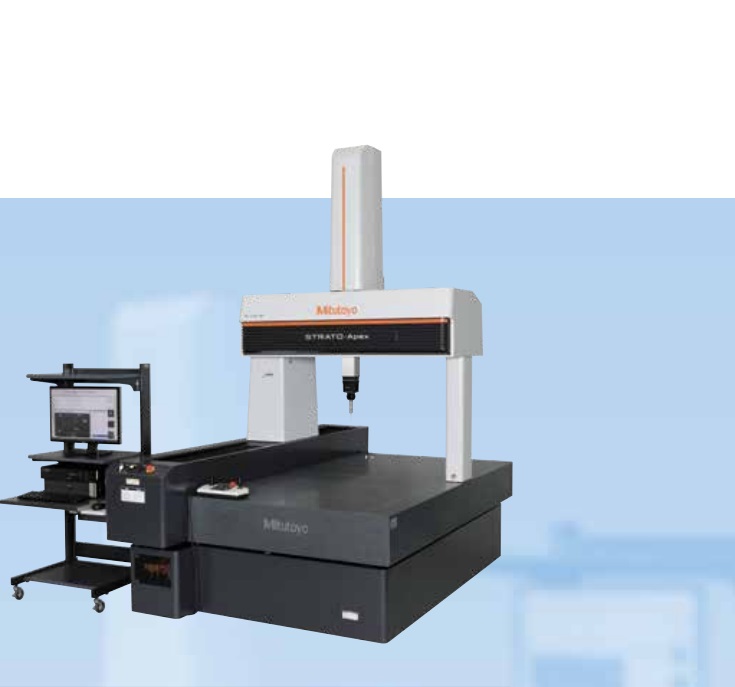
6. Bevel Protector
Use:
A bevel protector is used to measure and mark angles accurately on a workpiece.
Applications and Examples:
- Checking and marking angles during the welding of pipes.
- Measuring the angle of blades in turbine assemblies.
- Ensuring precise angles in the construction of sheet metal structures.
- Verifying chamfer angles in machined components.
Why it’s useful:
This tool ensures angular precision, which is crucial in machining and assembly tasks.
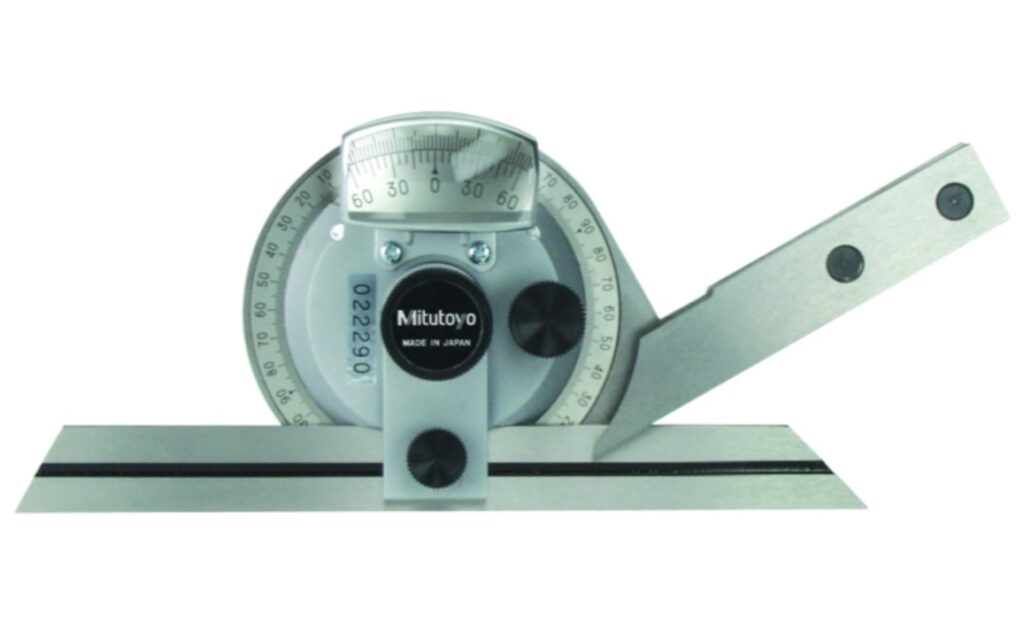
7. AutoCAD
Use:
AutoCAD is a computer-aided design software used to create and edit 2D and 3D designs.
Applications and Examples:
- Designing mechanical components such as gears and shafts.
- Creating detailed schematics for manufacturing processes.
- Simulating assemblies for performance analysis.
- Preparing plant layouts for manufacturing facilities.
Significance:
AutoCAD accelerates the design process and ensures accuracy in technical drawings, making it a must-have for engineers.
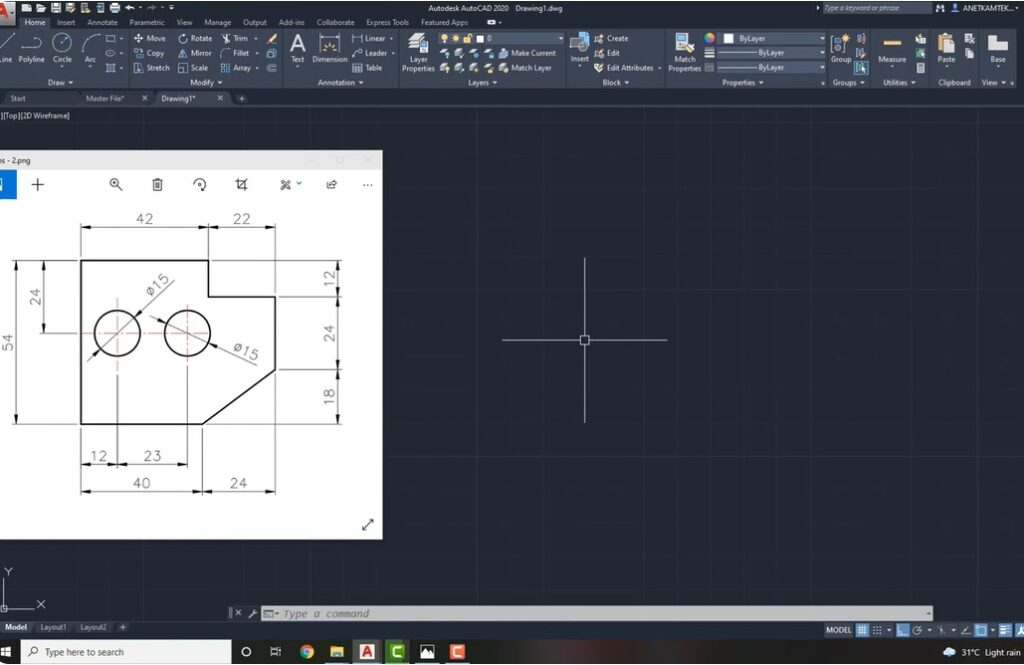
8. DFT Meter
Use:
The DFT (Dry Film Thickness) meter measures the thickness of coatings, such as paint or galvanizing, on a surface.
Applications and Examples:
- Ensuring uniform paint thickness on automotive panels.
- Verifying galvanizing thickness for corrosion protection.
- Inspecting coated pipelines for compliance with standards.
- Measuring powder-coated surfaces in industrial equipment.
Why it’s important:
DFT meters ensure coatings meet required standards, enhancing durability and preventing failures.
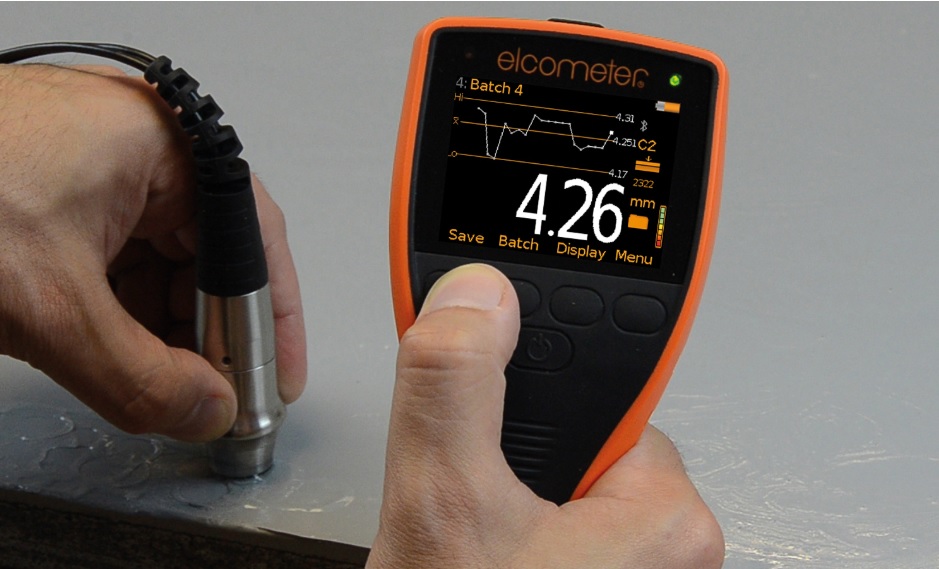
9. Hardness Tester
Use:
Hardness testers measure a material’s resistance to indentation, providing insights into its strength and durability.
Applications and Examples:
- Testing the hardness of steel used in automotive gears.
- Verifying the hardness of welds in construction projects.
- Measuring the hardness of heat-treated components.
- Ensuring material compliance in aerospace applications.
Relevance:
Hardness testing ensures materials meet required specifications, critical for load-bearing applications. These tools are very useful for mechanical engineer.
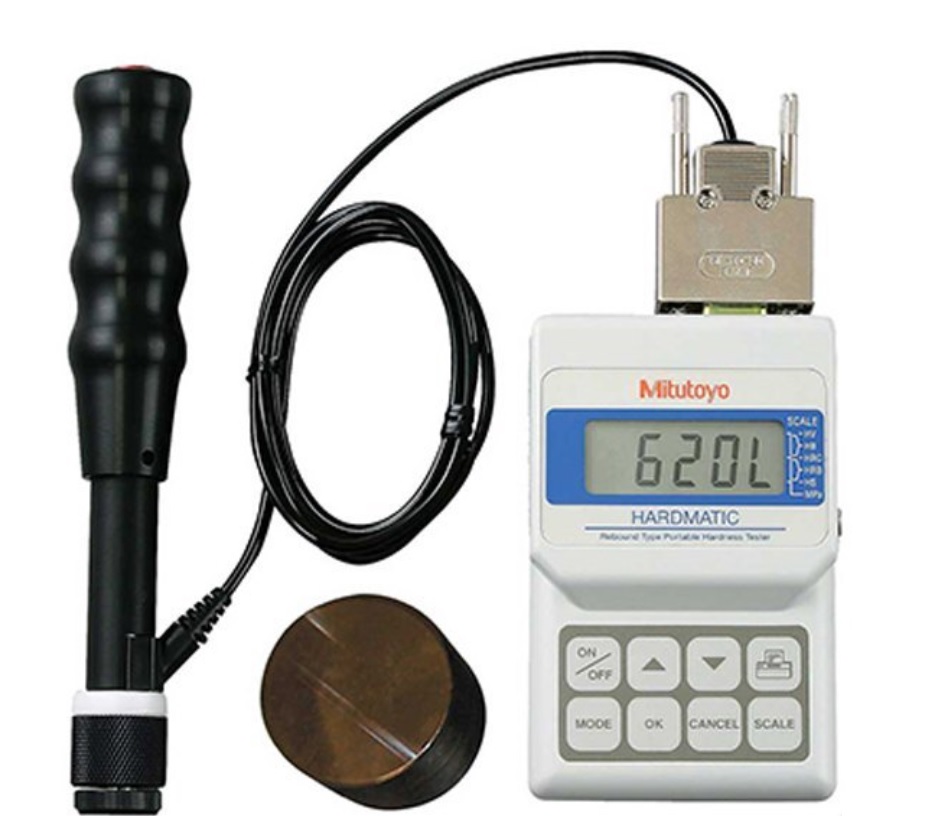
10. Surface Roughness Tester
Use:
This tool measures the texture of a surface, determining the level of roughness.
Applications and Examples:
- Inspecting the surface finish of machined parts like pistons.
- Verifying surface texture for lubrication retention in bearings.
- Ensuring smooth finishes in mold cavities for plastic parts.
- Measuring the roughness of welded joints in structural components.
Why it matters:
Surface roughness directly impacts component performance and longevity, making this tool essential for quality control.
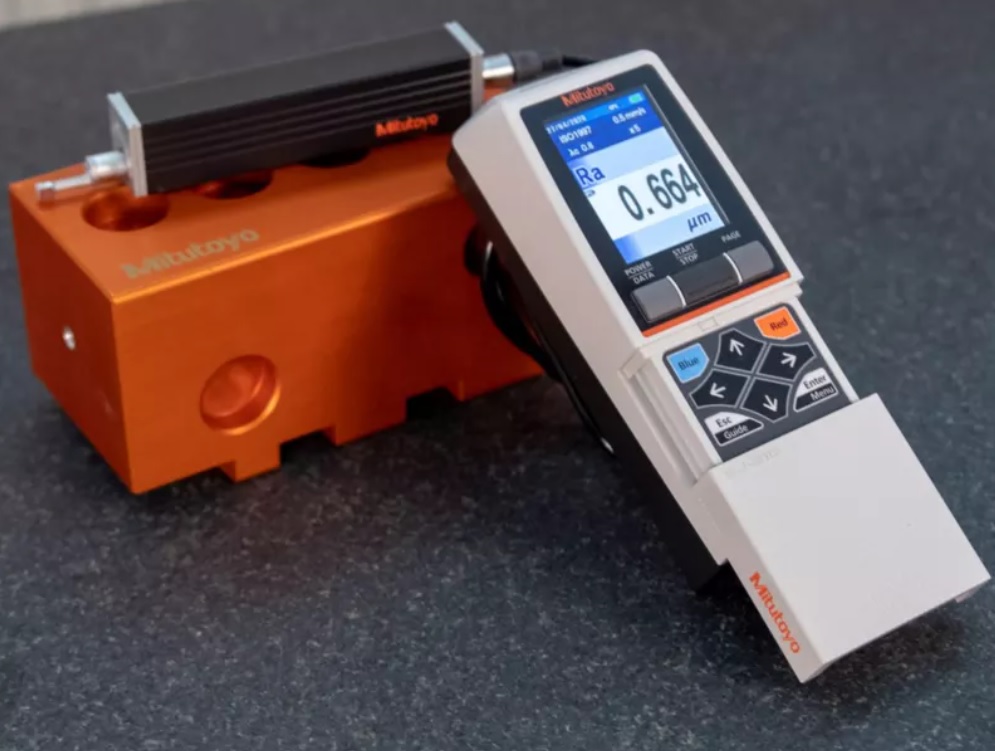
Conclusion
These tools form the backbone of mechanical engineering tasks, from design to manufacturing and quality assurance. Mastering these instruments not only boosts efficiency but also ensures the production of high-quality, reliable components.
For more insights into the latest tools and techniques in mechanical engineering, visit Quality Corner. Stay updated with technical blogs, expert advice, and industry trends to excel in the field.
Pictures are taken from Mitutoyo
Similar Articles click below
- Top 15 MNCs Every Mechanical Engineer Dreams of Joining in 2025

- How to Digitize and Automate the CAPA Process

- Top 10 Essential Tools Every Mechanical Engineer Should Know

- What is GD&T (Geometric Dimensioning & Tolerancing) ?

- Principles of IATF 16949: A Guide to Quality Management

- The Evolution of IATF 16949: The Automotive Quality Standard



